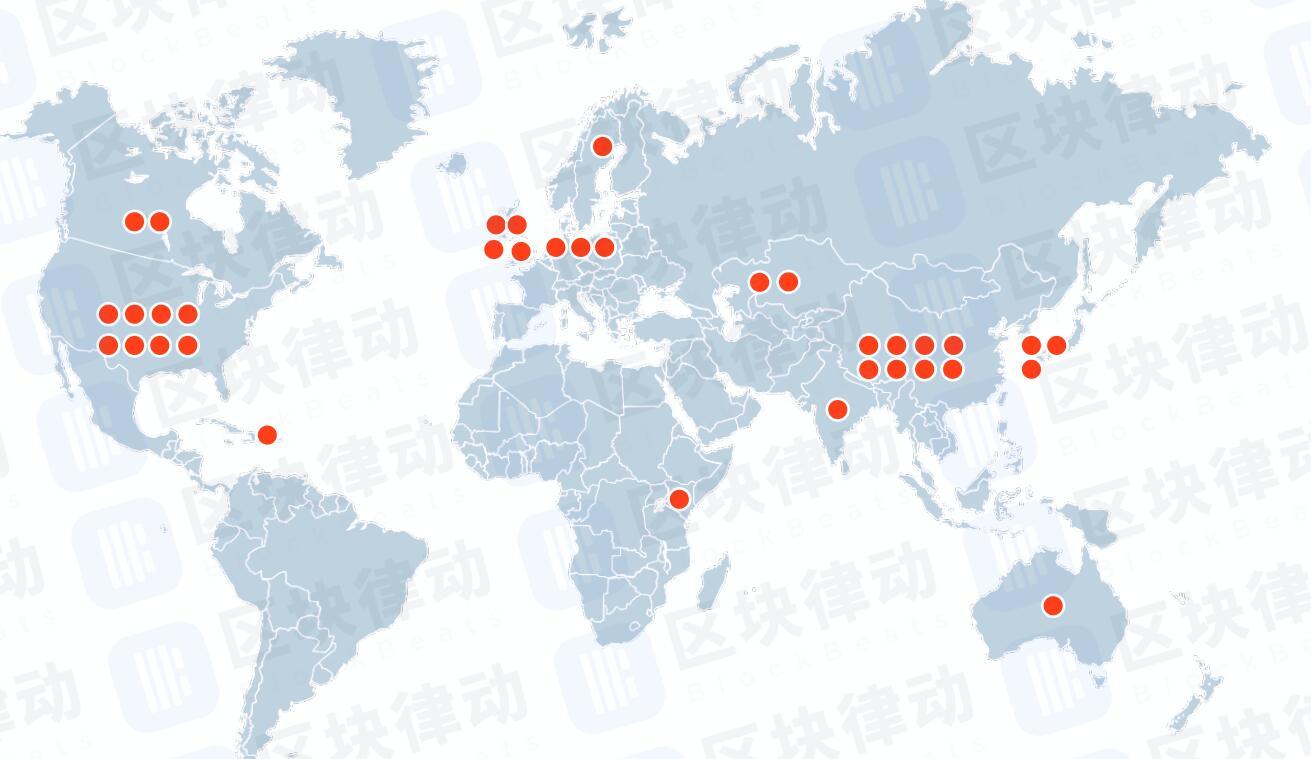2021-6-12 18:00 |
The blockchain is a revolutionary piece of technology, but a key factor to its growth is its use in practice. While many know it for its use with cryptocurrencies, there are other ways the blockchain can integrate with everyday life.
While blockchain technology can seem complicated at first, the core principle is quite simple. A blockchain is a type of database. It is a collection of information stored on an electronic server.
The structure of a blockchain is what makes it unique. The blockchain collects data in groups called blocks. When these blocks are filled, they are chained to previously filled blocks forming a blockchain.
The unique feature, however, lies in how blockchains manage their timelines. Once a block fills with data it is set in stone and this timeline is irreversible. This is due to the decentralized nature of the blockchain and it’s an attribute that lends transparency and security to the technology.
This ability has captured innovators who are using it to enhance various fields. From medicine to education, blockchain technology is helping improve outcomes and change strategies.
Blockchain changing the IVF process in ChinaMaintaining secure and efficient patient data is one of the proven use cases for the blockchain.
This enables doctors, researchers, and pharmacists to access securely stored records electronically. Furthermore, the scalability and size of blockchain ledgers mean that they can facilitate the management of extensive medical records while maintaining privacy and regulatory standards.
One example of this in practice is in China through the partnership of VeChain and DNV. The two have teamed up to enable Renji Hospital to launch the world’s first blockchain-based in vitro fertilization (IVF) service app.
The IVF process is an inherently emotional and physically draining journey for many families across the globe.
The Assisted Reproductive Service Center in Renji Hospital alone treats about 400,000 outpatients a year. That’s almost half a million women and families each year that go through the IVF process.
The journey is often stressful and synonymous with anxiety and depression. The hope is that using blockchain technology, some of these issues can be alleviated.
MyBaby will be the world’s first blockchain-based IVF service application. With this app, improving data management and providing families with the ability to see the development of their baby clearly, easing some of the pressures of the process.
Due to the immutable nature of blockchain technology, all the information, from imagery produced by medical tools to the delivery of the zygote itself, will be securely uploaded on the VeChainThor blockchain. It will only be available to the authorized users for the MyBaby App.
The project aims to provide all of this while also offering additional security by reducing the number of intermediaries between the production and delivery of the data.
Broadening education in EthiopiaIn Ethiopia, the blockchain is helping improve outcomes for students. Cardano’s recent launch shows how they’re becoming involved in education in the region.
Founded by one of the original Ethereum co-founders, Charles Hoskinson, Cardano might be similar to Ethereum, but it distinguishes itself through a commitment to peer-reviewed academic research.
In April it announced a partnership with the Ethiopian government that would give it a platform to demonstrate and prove the practical applications of blockchain technology, namely their Cardano network.
The Ethiopian government signed a deal to create a national database of student and teacher identifications (IDs) using a decentralized digital identity solution.
The deal involves providing 5 million student IDs across 3,500 schools. The IDs will be used to store educational records for all these students, something that has never been possible in Ethiopia before now.
Hoskinson believes that this deal will go beyond maintaining student records. He feels the technology put in place now will benefit students across Ethiopia for years to come.
“When these millions of students graduate, as they go into the economy, eventually this infrastructure can be used for buying property, for payments, for voting and all other matters of their economic life,” he says.
Through this system, students won’t have to rely on their final grades to get into university. This will take a holistic approach to view their abilities. It aims to give them a better chance at success.
Fighting depression in the United StatesMental health is a difficult area of medicine. Dealing with mental health has only picked up mainstream acceptance over the last few years.
As a result, FiveBalanceUSA is attempting to use blockchain-mined coins to help with depression and anxiety management.
It’s estimated that 26% of adults in the U.S. are diagnosed with a mental health disorder each year.
Depression and other mental health issues are a complicated interaction of social, psychological, and biological factors. However, personal efforts, guidance, and preventative techniques can help manage these conditions.
The app’s self-improvement model is unique in that not only does it intend to serve people dealing with depression, but it wants to reward them.
The app rewards goals with the FBN cryptocurrency. Users receive them as a result of achieving a personal customized goal. The goals span across five categories: Fit, Financial, Family, Flair, and Faith.
However, while the users earn this coin to their wallets, their information is not kept on a public blockchain.
As such, the rewards mechanism aims to incentivize those with mental health issues to keep up healthy habits which are one part of treatment and management of issues like anxiety and depression.
Innovating into the futureWhile blockchain was relegated to the world of cryptocurrencies for a long time, this is no longer the case. These projects are just scratching the surface of blockchains’ future use cases.
The post Blockchain in Action: How Tech Is Changing Everyday Lives appeared first on BeInCrypto.
Similar to Notcoin - Blum - Airdrops In 2024
High Performance Blockchain (HPB) на Currencies.ru
|
|

















